Don't wanna be here? Send us removal request.
Text
The Allure of the Formosan Magpie: A Natural Jewel of Taiwan
The allure of the Formosan Magpie lies in Taiwan’s lush landscapes, where it dwells amidst verdant forests and misty mountains. Renowned for its stunning appearance and captivating behaviors, this bird captivates both locals and tourists, holding a cherished place in their hearts.
A Cloak of Radiant Elegance: Appearance
Adorned in a striking ensemble of deep azure and ebony, the Formosan Magpie is a vision of ethereal beauty. A long, tail feathers gracefully trail behind, adding to its regal allure.The magpie’s distinctive appearance extends beyond its feathers. Its slender beak, dipped in obsidian, is a tool of precision, adept at foraging for insects, fruits, and seeds. Bright sapphire eyes gleam with intelligence, hinting at the bird’s remarkable cognitive abilities and complex social behaviors.

A Symphony of Sociability: Behavior
Formosan Magpies are not merely creatures of beauty; they are also renowned for their intricate social structures and melodious vocalizations. These avian artisans are highly gregarious, forming tight-knit family groups and engaging in elaborate vocal exchanges.
Their melodic calls echo through the forest canopy, serving as both communication and expression. Each chirp, whether joyful or sorrowful, tells a story of bird emotions and companionship, from successful hunts to mournful farewells.
Beyond their vocal prowess, Formosan Magpies are also skilled architects, fashioning intricate nests from twigs, grasses, and moss. These structures aren’t mere shelters; they symbolize family ties and teamwork, reflecting the magpie’s dedication to communal living.
Guardians of Taiwan’s Ecological Balance: Importance
Beyond their aesthetic appeal and social complexity, Formosan Magpies play a crucial role in maintaining Taiwan’s delicate ecological balance. As voracious omnivores, they maintain insect numbers, controlling pests and supporting local ecosystem health with their varied diet.
Additionally, their role as seed dispersers ensures the propagation of native plant species, promoting biodiversity and ecosystem resilience. Via foraging and nesting, Formosan Magpies enrich Taiwan’s ecosystem, playing a vital role in maintaining its diverse natural heritage.
Preserving a Natural Legacy: Conservation
Despite their resilience and adaptability, Formosan Magpies face numerous threats to their survival, including habitat loss, pollution, and human encroachment. Recognizing the importance of preserving this natural legacy, conservation efforts are underway to protect both the magpies and their habitats.
Through habitat restoration initiatives, public awareness campaigns, and research endeavors, conservationists strive to safeguard the future of these magnificent birds. Promoting harmony between humans and magpies while advocating for sustainability ensures that future generations can admire the Formosan Magpie’s beauty.
In the tapestry of Taiwan’s natural landscape, the Formosan Magpie stands as a radiant thread, weaving together beauty, complexity, and ecological importance. With its stunning feathers and captivating melodies, this bird enchants, reminding us to preserve nature’s worth. Protecting them safeguards species and our planet’s interconnectedness.
0 notes
Text
0 notes
Text
Beautiful Houseplants That Slowly Harm Your Health
Lovely houseplants are a great way to bring a touch of nature into your home and create a peaceful and relaxing atmosphere. However, while many beautiful houseplants are beneficial to your health, there are some that can slowly harm you over time. In this article, we will look at ten beautiful houseplants that can negatively affect your health.
1. Peace Lily

Peace lilies are popular indoor plants because of their attractive white flowers and ability to thrive in low-light conditions. However, they can cause skin irritation, vomiting, and difficulty swallowing if ingested.
2. Beautiful Snake Plant

Snake plants are known for their ability to purify the air, but they also release oxygen at night, which can disrupt your sleep. Additionally, the plant’s leaves contain a toxin that can cause digestive issues and tongue swelling if ingested.
3. English Ivy
http://www.cloudnewsfeed.com/wp-content/uploads/2023/03/ivy.jpg
English ivy is a popular indoor plant that can improve air quality, but it can also cause skin irritation, allergies, and respiratory problems in people who are sensitive to its toxins.
4. Pothos
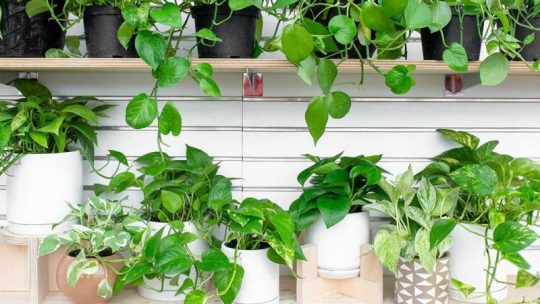
Pothos is a low-maintenance plant that is easy to care for, but it can cause digestive issues, vomiting, and diarrhea if ingested. The plant’s leaves contain calcium oxalate crystals, which can irritate the mouth and throat.
5. Rubber Plant
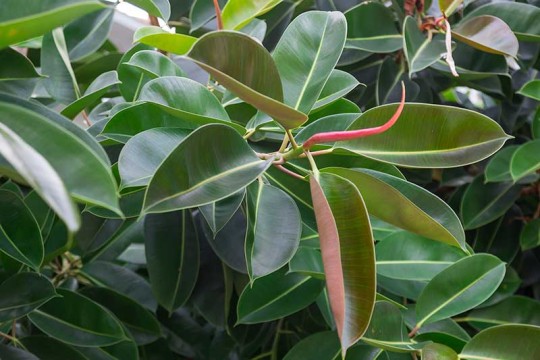
Rubber plants are popular for their attractive foliage and easy care, but they can cause allergic reactions in some people. The plant’s sap can also cause skin irritation and eye damage if it comes into contact with the skin or eyes.
6. Dieffenbachia
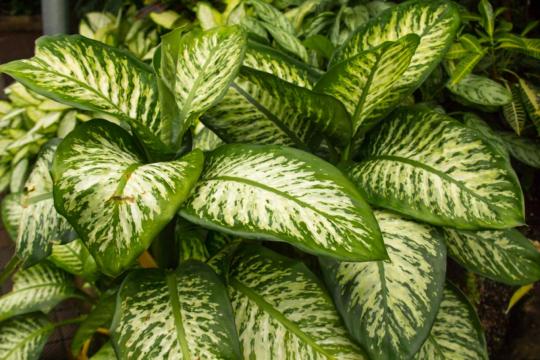
Dieffenbachia is a popular indoor plant with large, colorful leaves, but it can cause skin irritation, mouth numbness, and difficulty swallowing if ingested. The plant’s sap contains calcium oxalate crystals, which can be toxic if ingested in large quantities.
7. Aloe Vera
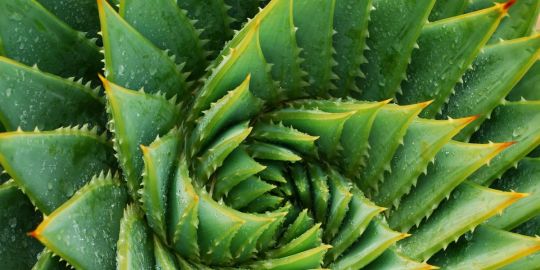
Aloe vera is a popular indoor plant with many health benefits, including the ability to soothe skin irritations and promote healing. However, the plant’s sap can cause skin irritation, and the leaves can be toxic if ingested.
8. Chinese Evergreen
http://www.cloudnewsfeed.com/wp-content/uploads/2023/03/ever.jpg
Chinese evergreens are popular indoor plants that are easy to care for and can improve air quality. However, the plant’s sap can cause skin irritation, and the leaves can be toxic if ingested.
9. Philodendron
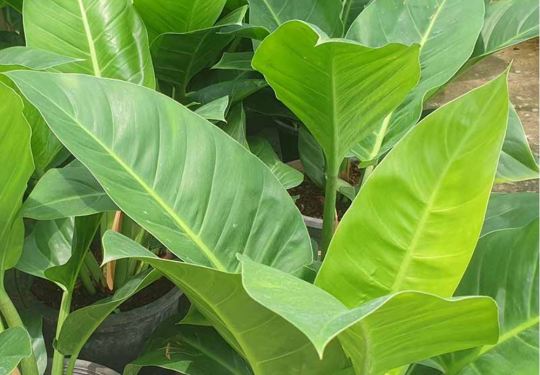
Philodendrons are popular indoor plants with attractive foliage, but they can cause digestive issues, vomiting, and difficulty swallowing if ingested. The plant’s leaves contain calcium oxalate crystals, which can irritate the mouth and throat.
10. Golden Pothos
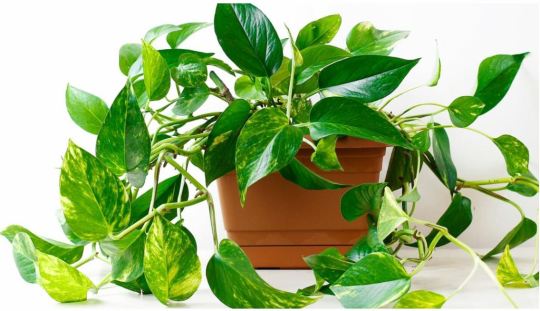
Golden pothos is a low-maintenance plant that is easy to care for, but it can cause digestive issues, vomiting, and diarrhea if ingested. The plant’s leaves contain calcium oxalate crystals, which can irritate the mouth and throat.
In conclusion, while houseplants can have many benefits, it is important to be aware of the potential negative effects they can have on your health. If you have any of these plants in your home, it is important to take precautions to avoid any potential harm. This includes keeping them out of reach of children and pets and wearing gloves when handling them. If you experience any symptoms after coming into contact with these plants, seek medical attention immediately.
1 note
·
View note